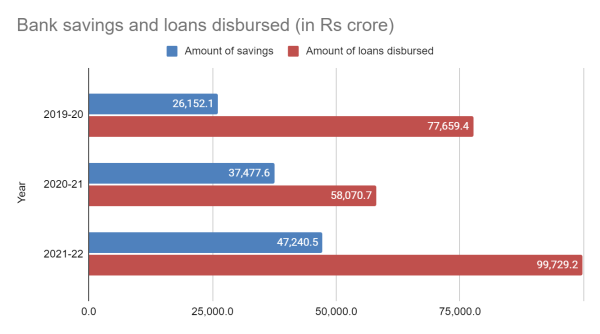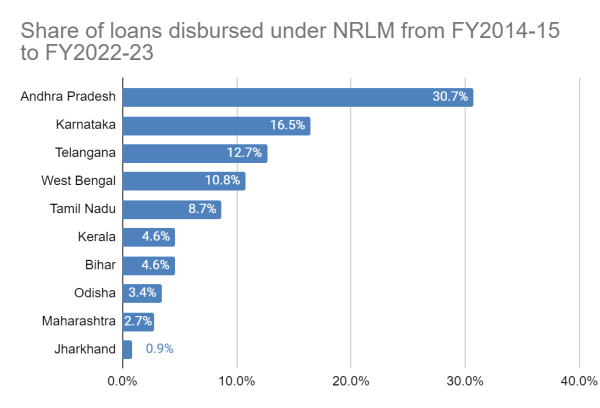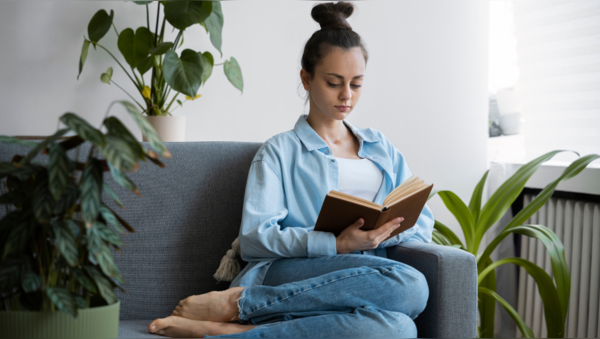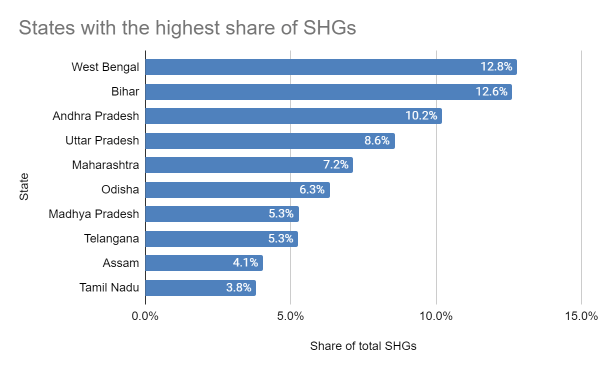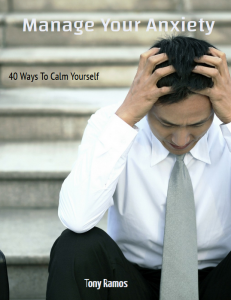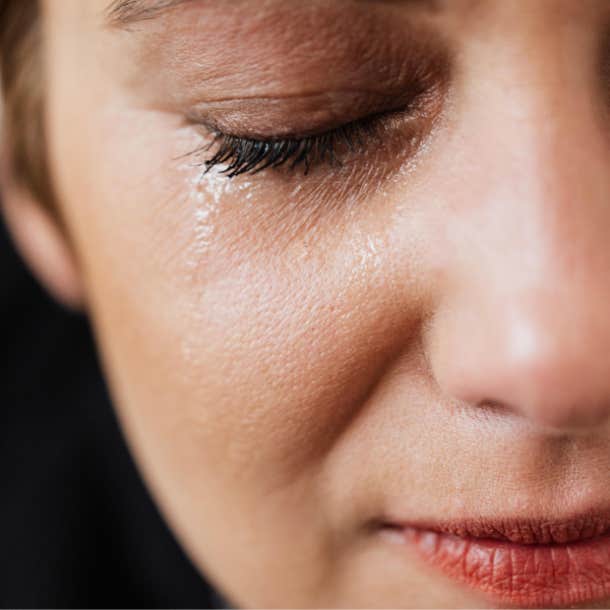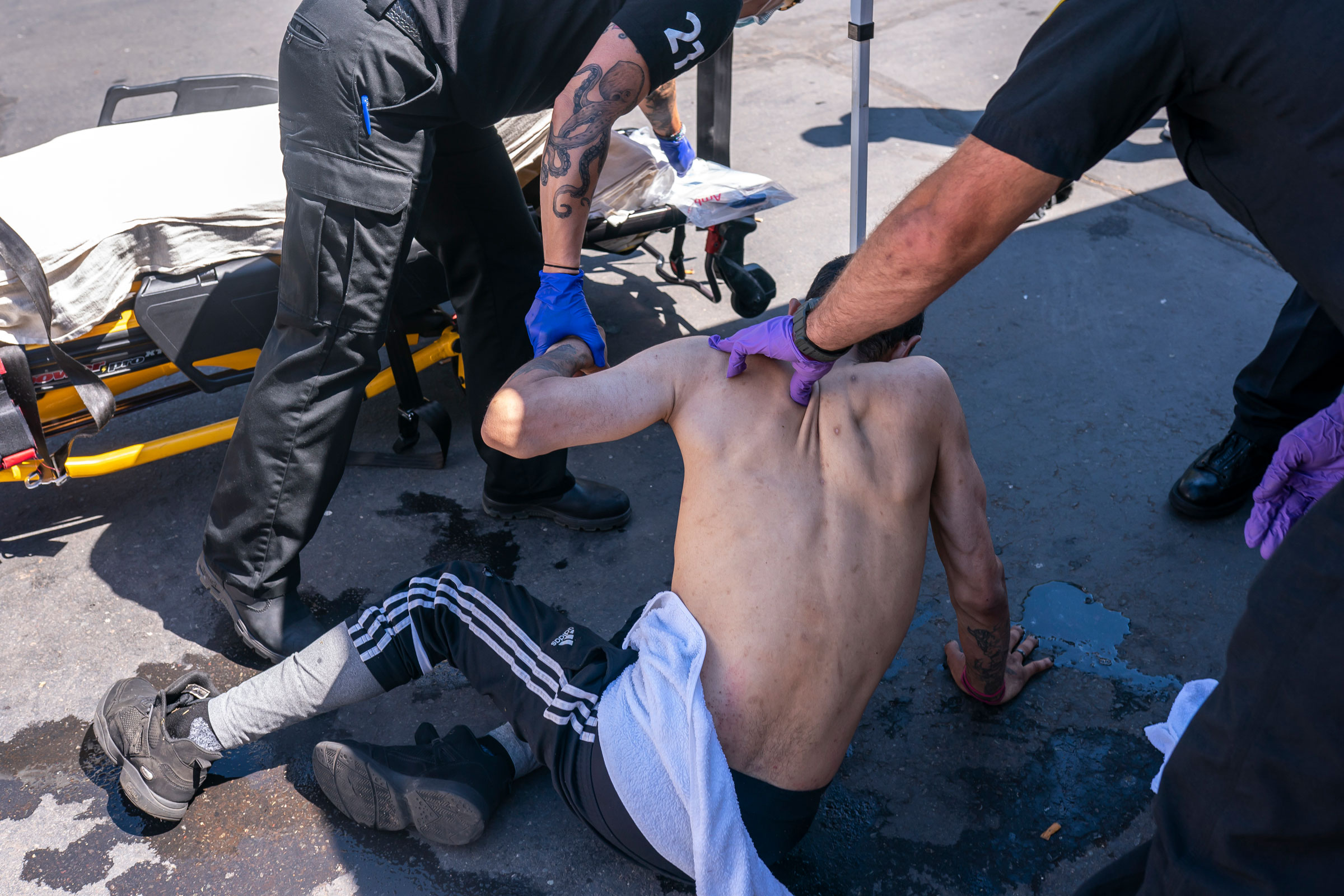
Key to BJP plans in the run-up to 2024 LS polls: Self-Help Groups, in maps and numbers | Political Pulse News
In his Independence Day speech earlier this week, Prime Minister Narendra Modi praised the work done by women-led rural self-help groups (SHGs) while announcing programmes to provide skill development opportunities for rural women.
“Today, 10 crore women are associated with women self-help groups. If you go to a village, you will find women working with banks, you will find women working in Anganwadi, you will find women who give medicines. Now, my dream is to create two crore Lakhpati Didis,” Modi said, speaking of the Lakhpati Didi programme that will provide skill training to two crore women to help them earn at least Rs 1 lakh a year. He also announced a programme to train 15,000 SHGs how to operate drones in agricultural work.
Self-help groups are small groups of mostly rural women who pool together resources and, with government assistance, provide financial services and access to credit in their communities. The BJP has identified women as the next game changer for the Indian electoral scene and this is where the PM’s focus on SHGs comes in. In his big speeches since Independence Day in 2022, Modi has frequently invoked the country’s “nari shakti (women power)” and identified women as the BJP’s “silent voters”.
As Liz Mathew wrote, in this Road to 2024 article, about BJP’s focus on women voters, “The turnout of women voters has been on the rise, surpassing men in some state elections. The party believes this was one reason for its spectacular return to power in Uttar Pradesh last year, with women voters outnumbering men in the state elections. So, party leaders say, on the road to the 2024 general elections, there could be more programmes and schemes targeted at women by the government, building up finally to the ‘masterstroke’ — passage of the long-pending, much-awaited women’s reservation Bill. There are clear signals regarding this. One of the standing instructions of Modi to party leaders is that there must be strong women representation of women in candidates’ list for state elections.”
Though SHGs have been around since the 1980s, they gained popularity in the 1990s and 2000s through the National Bank for Agriculture and Rural Development’s (NABARD) initiative to link the groups to the banking sector. Initially concentrated in southern states — including Andhra Pradesh, Karnataka and Tamil Nadu, which pioneered the programme at a larger scale — bank-linked SHGs grew from 255 in 1992, when a NABARD pilot programme was launched, to seven lakh groups across the country by 2000. The number of SHGs more than doubled by 2005 to more than 16 lakh and again by 2008 to 35 lakh. In 2014, there were 74.3 lakh SHGs linked to banks. Today, India has 83.6 lakh SHGs with more than nine crore members.

19 SHGs for every 1,000 rural women in India
Almost every district and block in India now has an SHG, according to data from the Ministry of Rural Development. Many of the 83.6 lakh SHGs are in some of the most populous and poorest states. West Bengal, Bihar, and Andhra Pradesh alone account for more than a third of all these groups and their members.
Adjusted for each state and UT’s population of rural women, Kerala, Andhra Pradesh, and Telangana have the highest density of SHGs. For instance, there are 56 SHGs for every 1,000 rural women in Kerala. Among the larger states, Punjab, Haryana, and UP have the fewest SHGs per 1,000 rural women. Nationally, there are 19 SHGs per 1,000 rural women.
On average, each SHG in India has 11 members. Nineteen states have 10 or more members per SHG. Kerala has the highest average number of self-help group members at 14 while Uttarakhand has the fewest at seven. SHGs are recommended to have a maximum of 20 members each. There are just under 18,000 groups in India with fewer than five members.
Nationally, Scheduled Castes (SCs) and Schedule Tribes (STs) account for 22.2% and 13.7% of SHG members, respectively. At 68.6%, Punjab’s SHGs have the highest proportion of SCs. In Mizoram and Nagaland, SHGs are almost fully made up of STs.
Experience in managing finance
Since 2019, despite the pandemic, the number of SHGs with bank savings and the amount of savings has increased. Though the number of SHGs receiving loans fell during the pandemic, savings still rose by more than Rs 11,000 crore in 2020-’21.
Most Read
1
Gadar 2 box office collection Day 7: Sunny Deol film crosses Rs 300 crore mark in India, to enjoy second successful weekend
2
Gadar 2 box office collection day 6: Sunny Deol film becomes the second-highest grosser of the year, crosses The Kerala Story’s lifetime haul in less than a week
See More
According to a report by MYRADA, the NGO that helped spark the SHG movement in the 1980s, the focus of SHGs is not the provision of credit, rather it is the management of savings and credit. “It is the experience of managing finance that gives poor people the confidence and skills to initiate and manage change in society. The SHG movement arises from the belief that it is not enough to teach people to fish when they cannot reach the river. There are hurdles in their way (class, caste and political) that the SHGs have been able to overcome,” the report said.
Between 2014-’15 and 2022-’23, SHGs across India received Rs 5 lakh crore in loans through the National Rural Livelihoods Mission (NRLM), which was set up in 2011 to help organise those living below the poverty line into SHGs, and improve banking and credit access for existing SHGs. SHGs in Andhra Pradesh alone received Rs 1.5 lakh crore in loans through NRLM, accounting for 30.7% of the total loans disbursed between 2014-15 and 2022-23. Karnataka (16.5%), Telangana (12.7%), and West Bengal (10.8%) received the next highest shares of NRLM loans.
Currently, only 46.7% of all SHG members have bank accounts, though 76.6% now have Aadhaar cards. Among the larger states, Himachal Pradesh has the most members with bank accounts at 90.8%, followed by Tamil Nadu at 84.8% and Assam at 79.7%. Among India’s most populous and poor states have the worst bank account-linkage figures – less than 1% of Bihar’s members have bank accounts, followed by 8.1% in Rajasthan and 9.6% in UP.
